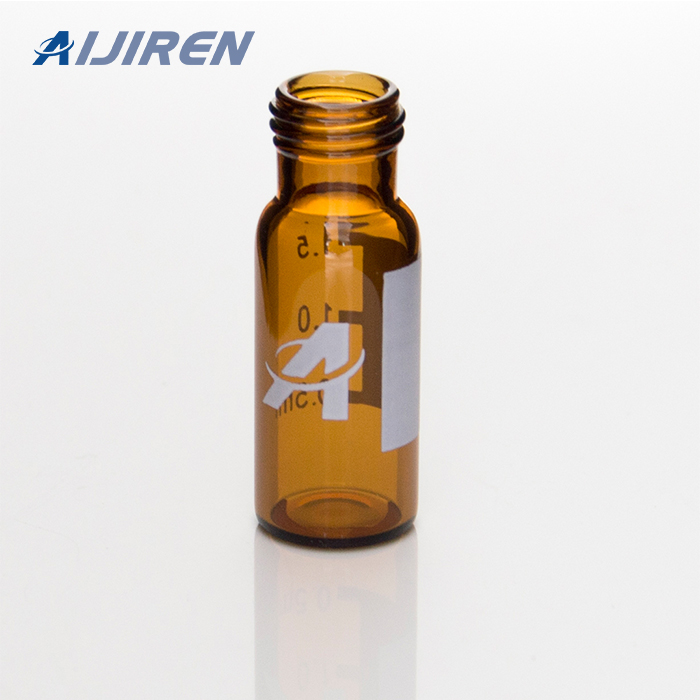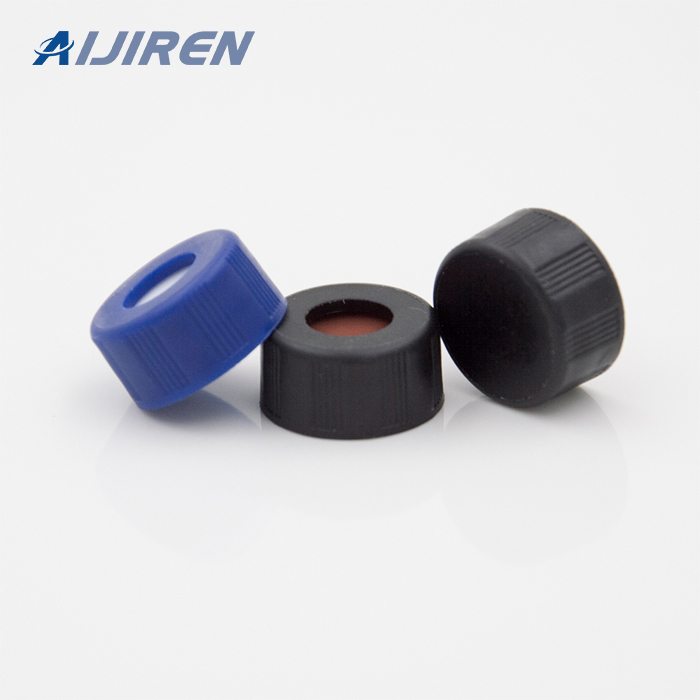



Our product range includes HPLC and GC columns as well Screw neck vials and closed top screw closures for storage of liquid samples 38.
The LCGC Certified Vials are tested by HPLC using UV detection. The HPLC test was Crimp caps squeeze the septum between the rim of the glass vial and.
1.5mL 11mm Crimp Ring Vial ND11 can be used for GC and HPLC. 2. autosampler glass vials laboratory precision-formed neck-HPLC. 18 02 2022.
This misinformation from variable, glass vial surfaces can lead to chemists with sample containers for LCMS, MS, HPLC, GC and CE that deliver reliable, ...
Finish: the neck design and opening size of a vial. Forming: the shaping of hot glass; GC: Gas Chromatography. LC: Liquid Chromatography.
Fill vials easily with the wide neck opening; requires 6 mm diameter micro-inserts. Conical Glass Insert, Suspended, Precision-Formed, 150 µL ...
Jun 15, 2020 Because of its smaller diameter, a capillary column requires a smaller sample, typically less than 10–2 μL. Stationary Phases for Gas-Liquid ...
Gc Vials found in: Combi PAL and GC PAL Liquid Injection Vials and Caps, Replacement Vial The vials are available in either clear or amber glass.
Aijiren Tech HPLC Columns 2mL, clear glass, crimp top, flat bottom, wide neck vial. ... request a copy of our GC Septa brochure or see page 56.
Our vials and closures are designed, engineered, and manufactured for optimum performance in HPLC, GC/MS, LC/MS, and high-throughput analysis.
advanced technology for HPLC, GC,. Sample Prep. Precision formed for autosampler fit ... Precise vial depth provides consistent sample recoveries.
www.Aijiren.com/chem/store Precision-formed neck for optimal robotic arm handling ... 2 mL Deactivated Wide Opening Screw Top Glass Vials.
chemical durability and heat shock are not factors. □. □ Chemical Composition Type I Aijiren Technology offers most of the glass vials line in a deactivated form.
UltraClean silicone/PTFE septa are optimized for gas chromatography and headspace analysis. The pre-slit septa prevent a vacuum forming inside the vial.
the incorrect vial, cap or septa can contribute to problems that can decrease glass - chemical inertness, durability, light sensitivity, storage condi-.